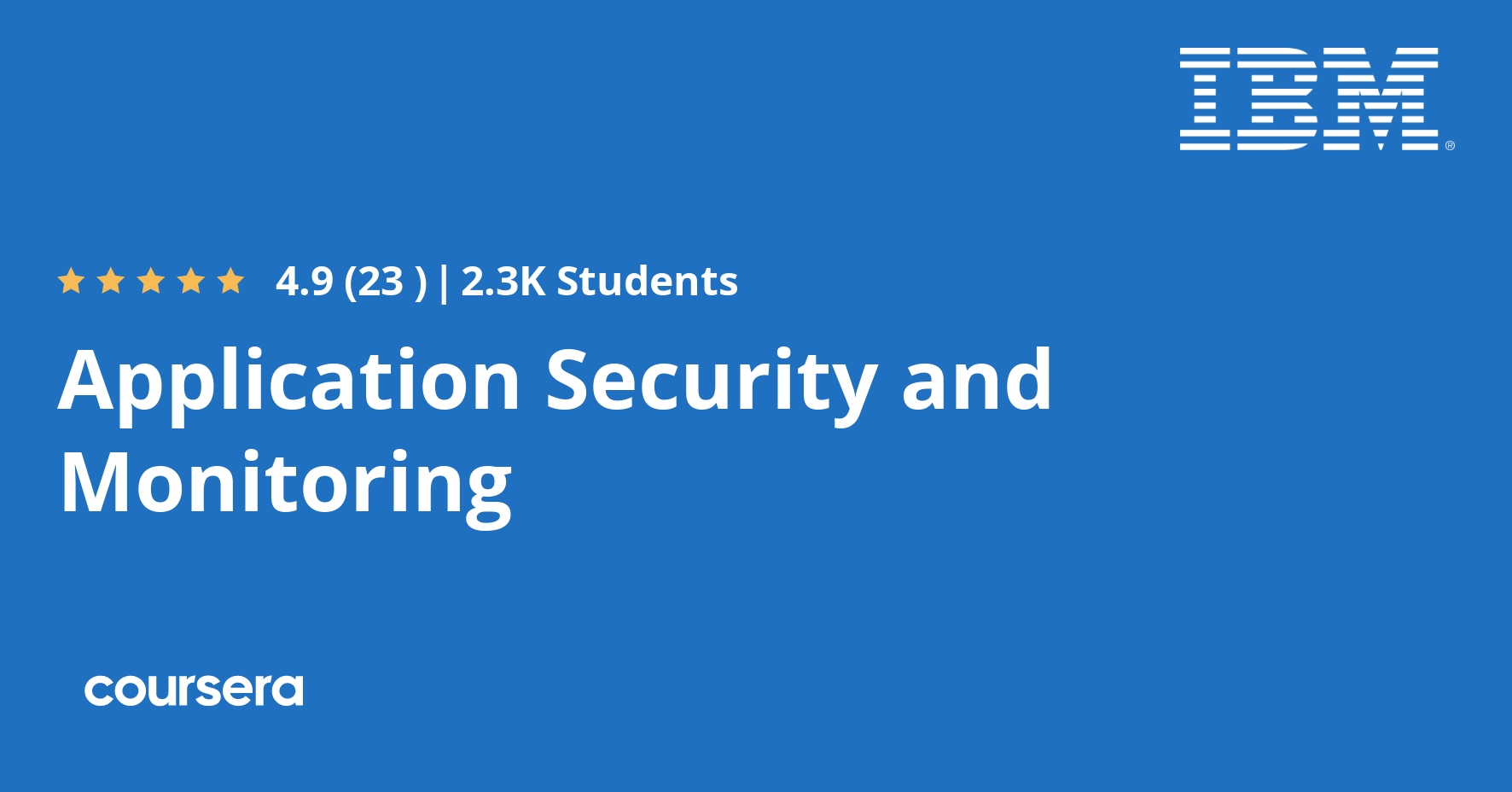Description
How vulnerable are your applications to security risks and threats? This course will help you identify vulnerabilities and monitor the health of your applications and systems. You’ll examine and implement secure code practices to prevent events like data breaches and leaks, and discover how practices like monitoring and observability can keep systems safe and secure.
You will gain extensive knowledge on various practices, concepts, and processes for maintaining a secure environment, including DevSecOps practices that automate security integration across the software development lifecycle (SDLC), Static Application Security Testing (SAST) for identifying security flaws, Dynamic Analysis, and Dynamic Testing. You’ll also learn about creating a Secure Development Environment, both on-premise and in the cloud. You’ll explore the Open Web Application Security Project (OWASP) top application security risks, including broken access controls and SQL injections.
Additionally, you will learn how monitoring, observability, and evaluation ensure secure applications and systems. You’ll discover the essential components of a monitoring system and how application performance monitoring (APM) tools aid in measuring app performance and efficiency. You’ll analyze the Golden Signals of monitoring, explore visualization and logging tools, and learn about the different metrics and alerting systems that help you understand your applications and systems.
Through videos, hands-on labs, peer discussion, and the practice and graded assessments in this course, you will develop and demonstrate your skills and knowledge for creating and maintaining a secure development environment.
What you will learn
Introduction to Security for Application Development
Welcome to Introduction to Security for Application Development. This week you will identify how security fits into your workflow and gain a working knowledge of security concepts and terminology. Discover how to design for security in the Software Development Lifecycle (SDLC). Find out about a set of practices known as DevSecOps. Learn the strategies, best practices, and methodologies for getting security early into your code to protect applications against threats and vulnerabilities. Then find out how you can use tools like vulnerability scanners and threat models to mitigate security vulnerabilities. Add to your security vocabulary with an understanding of key terms like authentication, encryption, and integrity.
Security Testing and Mitigation Strategies
Welcome to Security Testing and Mitigation Strategies. This week you will explore ways to perform code review and ensure runtime protection for application development. Discover a range of security testing methods like static analysis, dynamic analysis, vulnerability analysis, software component analysis, and continuous security analysis. Learn the key mitigation strategies to secure your application throughout development and in production.
OWASP Application Security Risks
This week, you will learn the Open Web Application Security Project (OWASP) and its Top 10 security concerns. You’ll learn about vulnerabilities in applications. about discover the top application vulnerabilities that concern security experts and professionals.
Security Best Practices
This week, you will learn how code practices can help mitigate vulnerabilities and make security an early part of the software development lifecycle. You will explore the risks and challenges, as well as the benefits, of using dependencies in your applications, and you’ll learn more about developing your applications in a secure environment. You’ll learn about what causes an insecure development environment and discover how to make your development environment secure and healthy.





